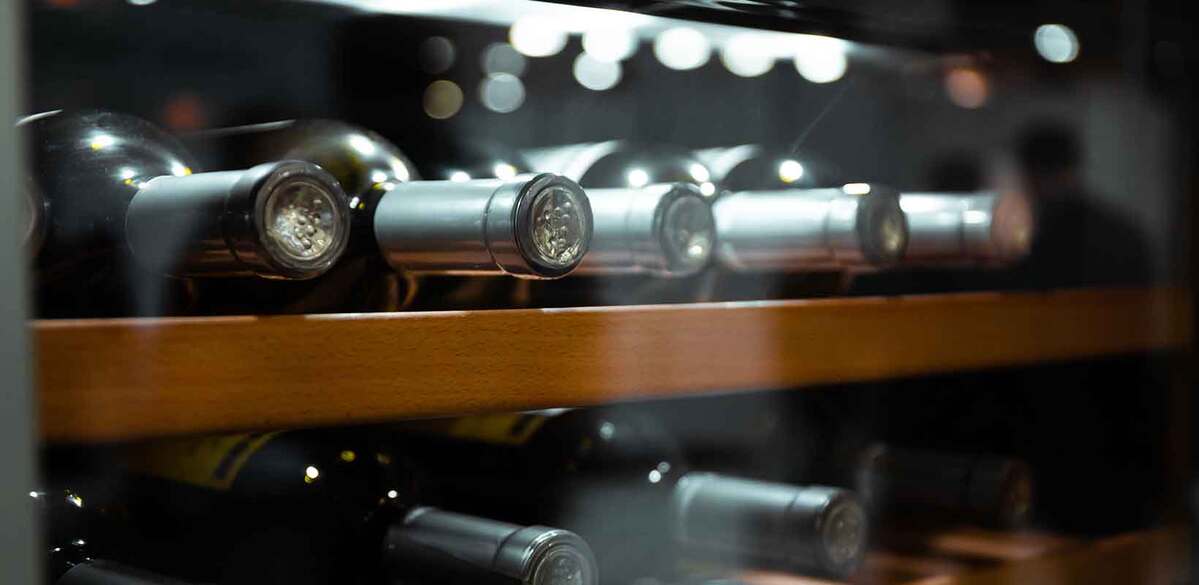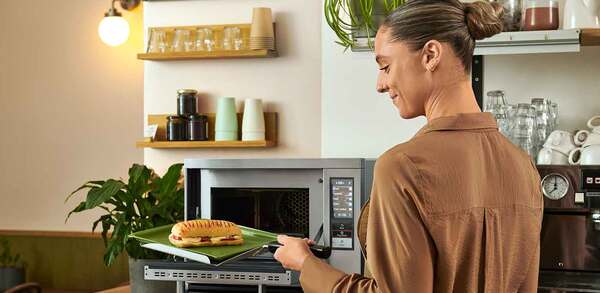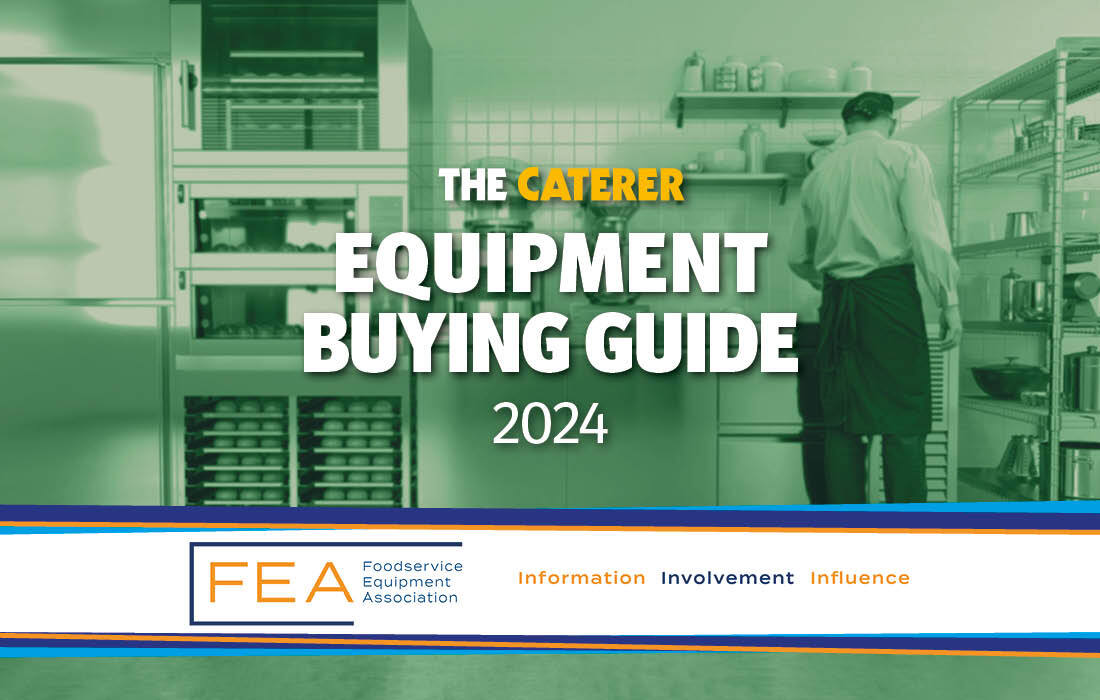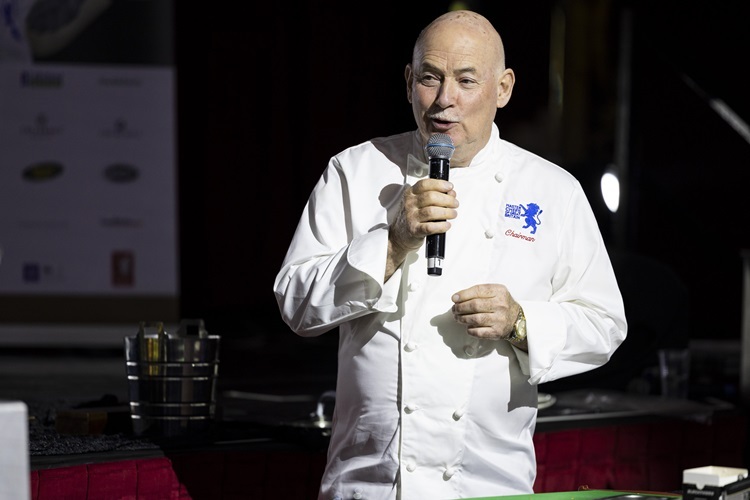FEA Guide 2024: How to choose the correct refrigeration
Whether it’s displaying vintage wine or a back of house workhorse, refrigeration is a crucial bit of kit
No commercial kitchen would be able to function without decent refrigeration, so finding an appliance that suits your needs at an appropriate price is crucial for a successful hospitality operation.
Chief among the decisions is around the type of refrigerator you want. Back of house units would usually feature stainless steel doors, while front of house display refrigeration or bottle coolers incorporate glass doors to enhance visual appeal. Then there are freezers – do you require a simple chest freezer, or for large scale freezing requirements, could it be worth investing in a full walk-in coldroom?
And if you need multiple units and prefer a coordinated visual flow in the kitchen, look to suppliers who produce a wide range of cabinets that complement each other’s style.
Watch out for refrigerators’ material specifications too – sometimes units advertised as stainless steel, which is durable and robust, are not always fully stainless steel. When other (possibly inferior) materials are used in parts of the cabinets, they can be subject to rust and corrosion. Question your supplier on material sourcing before buying to ensure you’re fully informed.
Think further ahead than the initial purchasing decision as well – manufacturers with a maintenance service could be a boon, as they should know their appliances inside out in case of a fault and can usually respond quickly to any service calls.
The FEA’s advice
The biggest impact on sustainable refrigeration was the introduction of the Eco Design Directive. It paved the way with its obligation to improve energy efficiency and encouraged manufacturers to move away from harmful hydrofluorocarbon (HFC) refrigerants.
Later amendments included sustainability and repairability requirements, ready for the implementation of the Ecodesign for Sustainable Products Regulations (ESPR). These have had a dramatic effect as manufacturers focused resources on improving efficiency – so much so that modern professional refrigeration uses a fraction of the energy its predecessors did. How’s it been achieved? Better insulation and more efficient internal air flow systems are certainly part of the picture, as are intelligent controllers, variable speed compressors, energy efficient fans etc. These are all features to look for if you’re purchasing.
One aspect of refrigeration that’s critical to sustainability and the environment is the refrigerant. The introduction of natural refrigerants, like hydrocarbons and, in larger systems, carbon dioxide and ammonia, has not only made the systems greener, because they have lower or zero GWP (global warming potential) and ODP (ozone depletion potential), but also more energy efficient, since they perform better than the old F-Gas refrigerants they are replacing.
Every buyer of refrigeration also needs to know about Climate Class. Commercial refrigeration is designed to operate in varying climates, in terms of the ambient temperatures and relative humidity (RH) conditions of where it is sited. For example, a Climate Class 3 fridge is designed for up to 25°C ambient temperature and 60% RH. A top end Climate Class 5 unit can handle ambient temperatures up to 40°C and 40% RH. When buying refrigeration, it’s important to ensure it is designed to operate in the conditions on site. A Climate Class 3 fridge will struggle in Climate Class 4 conditions: it will use excess energy and may not hold temperature, compromising food safety.
Read more from the FEA Guide
Prime cooking – the kit to help you be energy efficient and environmentally clean >>
Multicook/multifunctional equipment – the combi-oven: the tool that does it all >>
Microwaves and rapid cooking – are microwaves a secret weapon in the kitchen? >>
Hot and cold holding displays – display units to boost your revenue generation capabilities >>
Warewashing – here’s how to make the decision on the perfect warewasher >>
Photo: Andrii Zastrozhnov/Shutterstock





















